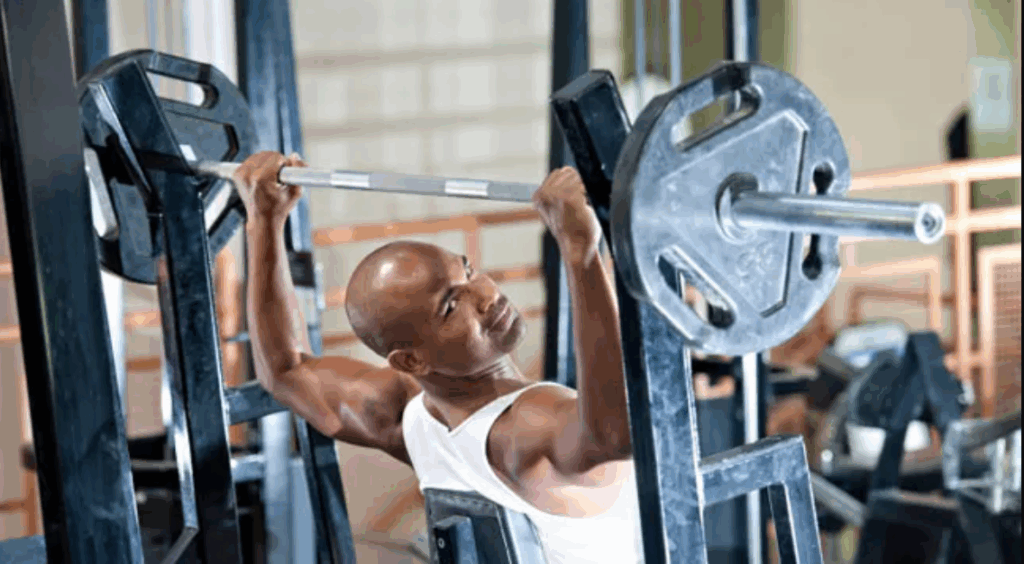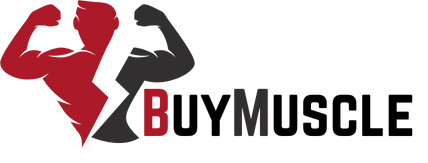Wave loading is your key to rapid strength gains by strategically manipulating your nervous system. You’ll perform sets in “waves” of increasing intensity (like 80% for five reps, 85% for three reps, 90% for two reps), then repeat this pattern 2-3 times in a session. Rest 2-3 minutes between sets and 3-4 minutes between waves. Your CNS adapts in real-time, allowing you to lift heavier weights than normally possible. The secret lies in the precise percentages and timing.
The Science Behind Wave Loading: How It Optimizes Neural Adaptation
When you perform a heavy lift, your central nervous system (CNS) responds by recruiting more muscle fibers to handle the load. Wave loading exploits this neural adaptation process by strategically varying load intensity within the same session. Unlike traditional progressive overload, that gradually increases weight over weeks, wave loading manipulates your CNS response in real-time.
Here’s how it works: as you complete your first wave of heavy lifts, you prime your CNS for greater recruitment. When you drop back to a lighter weight before building up again, your nervous system maintains that heightened activation state. This neurological “trick” enables you to lift heavier in subsequent waves than you could have initially.
The result? Faster performance gains without the fatigue of constantly lifting at maximum intensity. Your body learns efficiency under load rather than just raw strength.

Setting Up Your First Wave Loading Protocol
To implement an effective wave loading protocol, you’ll need to establish precise percentages of your one-rep max (1RM) for each set while structuring appropriate rep schemes. Begin with a 3-wave approach: start at 80% of your 1RM for five reps, increase to 85% for three reps, then push to 90% for two reps before repeating the cycle with slightly heavier weights.
Rest intervals are essential for ideal muscle recruitment. Take 2-3 minutes between sets within a wave and 3-4 minutes between complete waves. Most strength cycles benefit from using wave loading twice weekly for main lifts like squats or bench press. Remember that fatigue accumulates quickly, so limit your workout to 3-4 total waves per exercise to maximize neural adaptation without compromising technique.

A 4-Week Wave Loading Program for Powerlifting Strength
Implementing a structured 4-week wave loading program can dramatically accelerate your powerlifting strength gains while preventing the plateaus common in traditional training.
Begin with Week 1 performing 6/4/2 wave patterns at 75%, 82%, and 90% of your 1RM on compound lifts like squats, bench press, and deadlifts. In Week 2, increase intensity to 78%, 85%, and 92%, maintaining the same rep scheme. Week 3 pushes to 80%, 87%, and 94% before Week 4 drops training volume for recovery.
Focus on fatigue management by keeping sessions under 45 minutes and resting 3-5 minutes between sets. You’ll notice improved bar speed and neural efficiency as your body adapts to the strategic intensity fluctuations across waves.

Common Wave Loading Mistakes and How to Avoid Them
The most common mistake is to lift heavy things without warming up first. It makes you more likely to get hurt and makes you less effective. A lot of lifters also don’t take enough breaks between waves, which makes it harder for their nervous systems to get ready for the next wave of intensity.
Another big mistake is not adjusting the intensity correctly, either by starting too heavy in the first wave or not adding weight correctly between waves. Keep in mind that wave loading isn’t about doing a lot of reps with bad form.
Even as the weights get heavier, you should always pay attention to your form during your strength training. You’ve probably picked weights that are too hard if the bar speed drops a lot.
Advanced Wave Loading Variations for Experienced Lifters
Once you know the basics of wave loading, there are a number of more difficult versions that can help you build strength and get past plateaus that won’t budge. To get the most out of your CNS stimulation without getting too tired, try doing descending-ascending waves where you do a 3-2-1 sequence right after a 1-2-3 pattern.
Add different lifting speeds to your waves, like slow eccentrics on lighter sets and explosive concentrics on heavier ones, to build different types of strength at the same time. To improve your powerlifting techniques, use contrast waves that switch between 90% 1RM singles and 65% speed sets.
Before doing advanced wave protocols, make sure to do the right warm-up sets. Your weight progression should be hard enough to push you, but not so hard that you can’t keep perfect form on all waves.
Frequently Asked Questions
Can Wave Loading Be Effective for Bodybuilding and Hypertrophy Goals?
Yes, you’ll find wave loading effective for bodybuilding and hypertrophy. It stimulates muscle fibers differently, increases time under tension, and lets you handle heavier weights with good form, promoting muscle growth.
How Should Nutrition Be Modified When Following a Wave Loading Program?
Prioritize protein intake (1.6-2g per pound) to support muscle recovery. Increase carbs on training days for performance. Time nutrition around workouts and guarantee you’re eating enough calories to fuel your intense wave loading sessions.
Is Wave Loading Compatible With Other Training Methods Like Supersets?
Yes, you can combine wave loading with supersets, but focus each wave on a single exercise first. Add supersets during accessory work to maintain quality on your primary strength movements.
How Do You Adjust Wave Loading Protocols After Hitting a Plateau?
After plateauing, increase your wave intensity by 2-5%, reduce total volume, try different rep schemes (like 5/3/1), add longer rest periods, or incorporate different exercises while maintaining the wave structure.
Can I Adapt Wave Loading Even With Home Gym Equipment Limitations?
Yes, you can adapt wave loading for home gyms by using variable resistance bands, adjusting tempo, implementing partial reps, or creating waves with bodyweight progressions and higher rep ranges instead of heavier weights.








